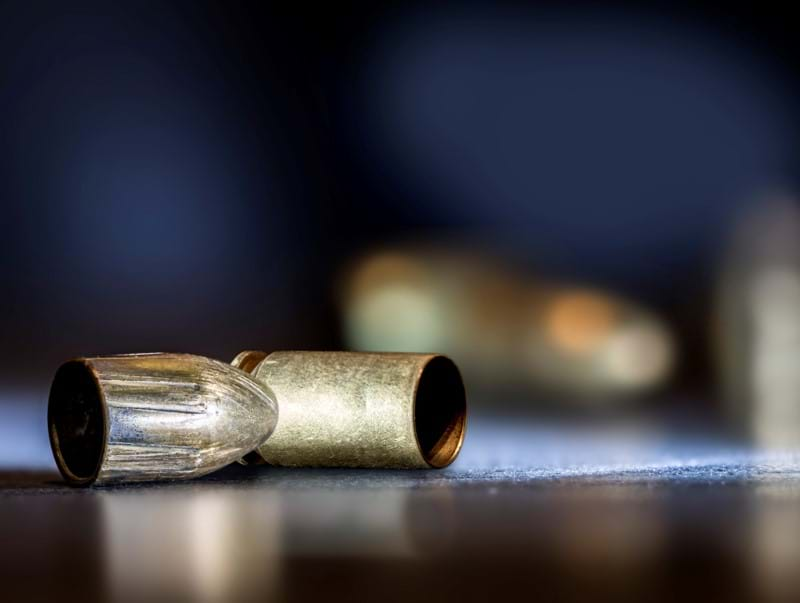They say that 80% of New Year’s resolutions fail by February. Whether it’s exercising more, or better time management, or saving money, or losing weight, there’s something that causes things to derail. Get sick for two weeks and all the momentum for the gym fizzles out. Weight loss would have gone better were it not for all those birthday cakes early in the year at the office. Money was being saved, and then the car engine blew up.
Having witnessed the evolution of NIBIN since its inception, I can say that an agency’s path to NIBIN success begins its transition from the good intentions phase, through a good program, to an organizational lifestyle. An agency’s success in reducing crime gun violence in a community is directly related to this transition, and whether that agency makes NIBIN part of its active lifestyle.
Are good intentions enough?
A good intention is when someone within an agency has a vision of the impact NIBIN can have in the fight against violent crime. I remember when the first installment of cartridge case acquisition became available. I’d go to the property room of the Oakland Police Department and ask for all the shootings from the previous week and then enter the cartridge cases into NIBIN. I recognized the potential and was keeping up with casework. I linked a couple of shootings, but no one else was really interested. Apart from wondering how I did it, the investigators weren’t overly impressed with the linking. When I left the laboratory, my good intentions left with me.
However, there are those good intentions that have evolved into programs. Generally, a group or a few groups within the agency, get onboard with the potential of NIBIN and use it to achieve some level of success. An example of this would be a forensic laboratory doing its best to enter fired cartridge cases and bullets into NIBIN, with investigators becoming aware that some of their open cases are being linked and solved because of this technology. We’ve moved from a good intention to some level of regular use, which better defines it now as a program.
A program isn’t too likely to fall apart when one person leaves, but it may not grow to its full potential. The reason is that it’s fighting for funds and attention with other programs that claim to be the next-best-thing in reducing crime, improving law enforcement and community relations. None of these programs are inherently bad, and each of them has good aspects. However, as command-level personnel change, so does the emphasis on which programs are given the funding and attention. Rarely does a program gain significant traction before the attention shifts to another program.
NIBIN: it’s a lifestyle choice
But then there are those good programs that have evolved into an organizational lifestyle. When embraced as an organizational lifestyle, NIBIN moves from being a tool that helps close open cases, to being a tool that reduces the number of shootings in the community. Agencies that have embraced NIBIN as an organizational lifestyle have seen the number of shootings in their communities reduced because it is being used to get active shooters off the street.
Why be good enough when you can be the best?
In moving from a good program to an organizational lifestyle, there is an important concept that can have an impact on the reduction of gun crime in a community. This concept is the idea that the program is good enough. As a friend once shared with me: The enemy of best is often quite good.
I say this simply because as I survey the NIBIN landscape, I see it populated by a great number of good programs—which is clearly a step up from good intentions.
But we should not be content with being good enough. We should not be content with having a good enough program that closes homicides. We should be pursuing the best solution, one that prevents the next homicide from occurring.
So how does an agency transition from good intentions, through a good program, to an organizational lifestyle?
Command-level buy-in
The answer lies with stakeholder buy-in. Within a law enforcement agency, the only way this occurs is by command-level staff deciding that NIBIN will be the cornerstone of their successful fight against gun crime in their community. They are the ones who can implement and enforce the policies that drive the tactics necessary for comprehensive collection, timeliness, investigator follow-up and feedback.
But it does not stop with that agency. The same level of commitment must exist for the prosecutors as well as other partner agencies that may be responsible for a share of the work. So, when the next shooting occurs, the question shouldn’t be: “Was this entered into NIBIN?” Instead, the question should be: “What were the NIBIN results?” NIBIN should become that automatic.
To learn more about the process of transitioning your a preventive crime gun program from being “good enough” to the best it can possibly be, register for this upcoming webinar: “Making NIBIN an Organizational Lifestyle”.
The webinar will include a description of the many resources available to your organization, as well as an in-depth discussion of the steps you can take to build an effective and sustainable preventive crime gun program.






